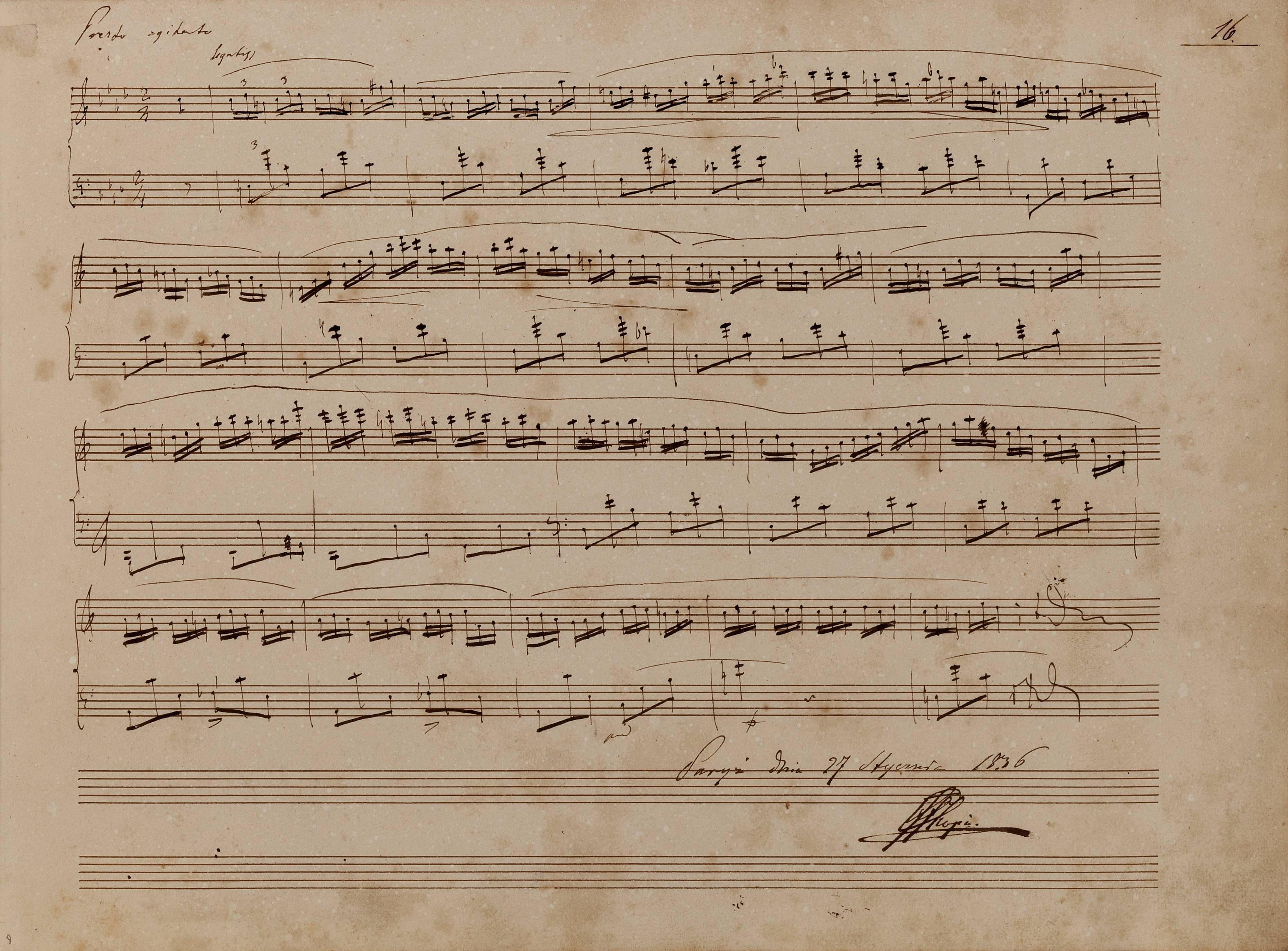



AT
compare
On the basis of arrangement of the indication, it is hard to assume whether the articulation indication – legatiss. or molto legato – is supposed to, in Chopin's intention, refer only to the R.H. or to both. According to us, it should refer to both, which results from the following:
- placing the indication above the upper stave does not have to limit its range to the part of the R.H. It is obvious in relation to the agogic indications, yet dynamic and articulation ones can also be arranged in this way – cf., e.g., the Mazurka in G minor, Op. 24 No. 1, bars 57-61 or the Etude in C minor, Op. 10 No. 12, bars 5-6;
- it is not certain where the indication was written in [A] – in GC it is above the R.H., yet in FE and EE, out of which one was based on [A] – between the staves;
- the part of the L.H. is probably supposed to perform the "harmonic legato" – holding with fingers elements of spread chords – in the places where there is no pedalling.
The fact of placing this indication in the upbeat could have been a result of lack of space between the staves in bar 1.
Compare the passage in the sources »
category imprint: Differences between sources; Corrections & alterations
notation: Verbal indications






